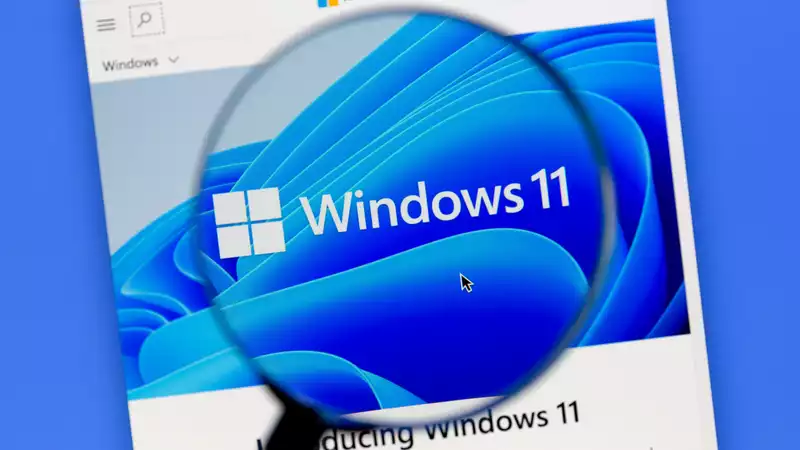The announcement of Windows 11 system requirements could have been better. Microsoft certainly could have done a better job of communicating what TPM 2.0 is and why the operating system requires it.
But now that Windows 11 is set to launch on October 5, Microsoft seems to be trying to clear up all the confusion. It needs to actually tell people what TPM 2.0 is and how it can be activated.
When the Windows 11 system requirements were announced, they caused a lot of confusion, and it didn't help that some manufacturers, like ASUS, were updating older hardware that seemed to completely bypass the TPM 2.0 requirements.Microsoft tweeted a response to the confusion, along with a basic explanation of TPM 2.0 and a link to a support page explaining how to make sure it is enabled.
The support page clarifies that "most PCs" shipped in the past five years can run the TPM 2.0 module. However, not all of them are actually configured to run the module, and it may be up to the user to verify that it is enabled.
As this page points out, many retail motherboards, often used by people who build their own PCs from scratch, have TPMs but are set to off when shipped. Microsoft points out that those not familiar with this "level of technical detail" should "consult the PC manufacturer's support information for detailed instructions specific to your device."
However, anyone who wants to use a virtual machine with Windows 11 should choose their method very carefully. Virtual machine owners are beginning to report that the latest pre-release build of Windows 11 is locked out because it does not meet TPM requirements. This is because the virtual machines have no physical TPM hardware to reference.
Therefore, if you intend to use Windows 11 virtually, be sure to use virtual machine software that can simulate TPM. Unfortunately, that seems to cost money.
Microsoft explains that the TPM 2.0 module is required as a "critical building block" for many features of Windows 11: identity protection with Windows Hello, BitLocker, etc.
TPM also helps encrypt critical data, so that if a machine is stolen, all information on the hard drive remains secure. This assumes that TPM is enabled, which explains why Windows 11 requires TPM at the system level.
However, many TPMs may not be enabled by default, so users may have to go beyond their comfort zone to enable them in the BIOS. And one wrong move could have rather disastrous consequences, such as bricking the machine.
So if you don't know what you are doing, take your computer to someone who does. A licensed computer technician should be able to activate a dormant TPM. And if they mess everything up, it is their problem to deal with, not yours.










Comments